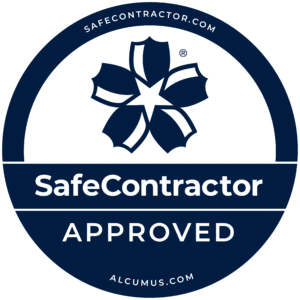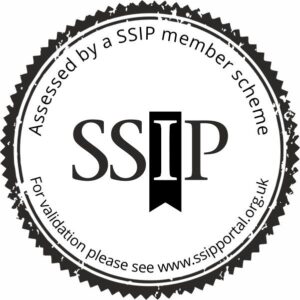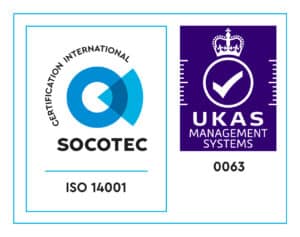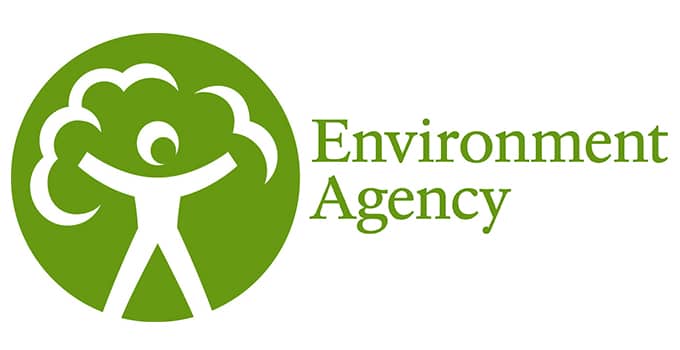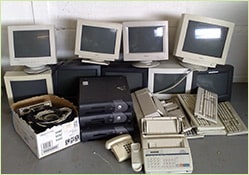 It was reported in June 2014 that the Department for Business, Innovation & Skills (BIS) would be moving toward ‘Dual Use’ categorising to prevent confusion when classifying EEE and WEEE. This week the Environment Agency published the new guidance on producing, reporting and classification. The guide helps both manufacturers and recycling companies to determine whether the electrical waste they receive should be reported as Business2Business or Business2Consumer.
It was reported in June 2014 that the Department for Business, Innovation & Skills (BIS) would be moving toward ‘Dual Use’ categorising to prevent confusion when classifying EEE and WEEE. This week the Environment Agency published the new guidance on producing, reporting and classification. The guide helps both manufacturers and recycling companies to determine whether the electrical waste they receive should be reported as Business2Business or Business2Consumer.
Making this assessment can be quite complex. The general principle is that an assessor must use certain elements to determine the product’s category. Looking at design, specification and also function offers insight as to whether the item is designed for household or non-household use. And this is where the term ‘dual use’ becomes relevant. WEEE that was originally designed for both household and non-household use is to be reported as B2C. An example of this type of WEEE might be a laptop – this could be used in both a domestic and a commercial situation.
The design features of an item such as size, voltage and durability give clues as to which category the product fits into. There will of course be exceptions to the rule such as a consumer buying commercial-type equipment. But it is important to note that WEEE must be put into the category of either B2B or B2C – it can’t be both. The weight of the WEEE received during a compliance year in these categories must also be reported by the Approved Authorised Treatment Facilities (AATFs) in order to report how much waste received is in the B2B or B2C category.
When WEEE is received by the AATF general principles and the 14 specific guidance examples are applied to determine a product’s category to ensure the waste received is reported correctly. They classify the items by:
- WEEE collected via Local Authority Designated Collection Facilities (DCFs) as B2C
- WEEE collected via other routes we use the general principles and category examples for guidance. Taking care when:
– the WEEE has come from a business end user
– the physical attributes of the WEEE suggest its B2B
– there are property ownership markings to indicate WEEE is from a non-household user
– the WEEE was capable of being used in non-households and/or private households.
Although this new way of categorising the items received may take extra time to process, it allows for all waste received to be correctly reported according to the new BIS guidance.
You can read more about the new legislation here and if you have any questions please contact us.

